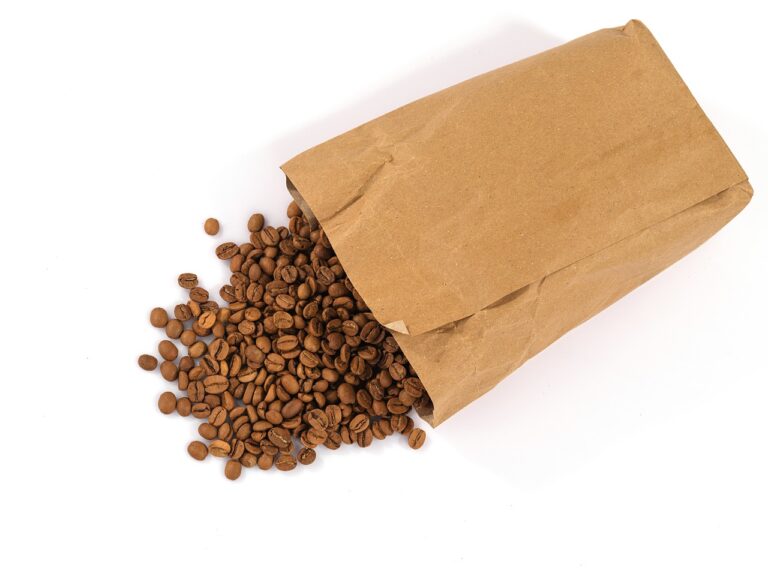From Farm to Cup: Tracing the Journey of Coffee Beans
The optimal growth of coffee plants is dependent on several key conditions. These plants thrive in tropical climates, requiring a consistent temperature range of 60 to 70 degrees Fahrenheit. Additionally, coffee plants prefer a regular rainfall pattern, with an average of 60 inches of rain per year, coupled with well-drained soil to prevent waterlogging.
Furthermore, coffee plants flourish at higher altitudes, typically between 2,000 to 6,000 feet above sea level. This elevation provides the necessary cool temperatures and cloud cover essential for the gradual ripening of the coffee cherries, leading to a more complex and flavorful brew. It is essential for coffee farmers to meticulously monitor and maintain these growing conditions to ensure a bountiful harvest of high-quality beans.
• Coffee plants thrive in tropical climates with consistent temperatures of 60 to 70 degrees Fahrenheit
• Regular rainfall pattern of around 60 inches per year is preferred
• Well-drained soil is necessary to prevent waterlogging
• Flourish at higher altitudes between 2,000 to 6,000 feet above sea level
• Elevation provides cool temperatures and cloud cover for gradual ripening of coffee cherries
Harvesting and Processing Coffee Cherries
Harvesting coffee cherries is a labor-intensive process that requires precision and care. Farmers meticulously handpick ripe cherries to ensure the highest quality of coffee beans. This manual selection is crucial as only the fully ripened cherries will provide the best flavor profile for the coffee.
After the cherries are harvested, they undergo processing to separate the beans from the fruit. This can be done using various methods such as the wet or dry process. The chosen method significantly impacts the final taste of the coffee, making processing a critical step in the production chain.
Transporting Coffee Beans to Roasting Facilities
Once the coffee beans have been carefully harvested and processed, the next crucial step in the journey of the coffee beans is transportation to the roasting facilities. This stage is essential to ensure the beans reach their destination in optimum condition for the roasting process.
Transporting coffee beans requires meticulous attention to detail to maintain the quality and flavor profile of the beans. The beans are usually transported in large sacks or containers to protect them from damage and ensure they remain fresh during transit. Proper handling and transportation are vital to preserve the integrity of the beans before they undergo the roasting process.
How are coffee plants grown in different regions around the world?
Coffee plants are grown in a variety of regions with different climates, altitudes, and soil conditions. Some common growing regions include South America, Africa, and Southeast Asia.
What is the process of harvesting coffee cherries?
Coffee cherries are typically hand-picked when they are ripe and red in color. The cherries are then processed to extract the coffee beans inside.
How are coffee beans transported to roasting facilities?
After the coffee beans are processed, they are usually transported in large sacks or containers to roasting facilities. This can be done by truck, ship, or even air freight depending on the location of the roasting facility.
Why is it important to transport coffee beans efficiently?
It is important to transport coffee beans quickly and efficiently to ensure the freshness and quality of the final roasted coffee. Delays in transportation can lead to degradation of the beans and affect the flavor of the coffee.







